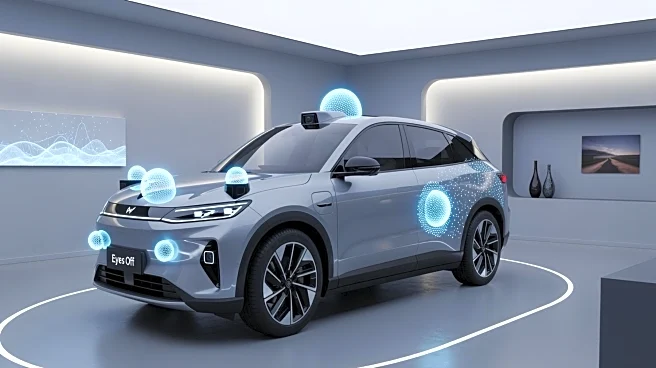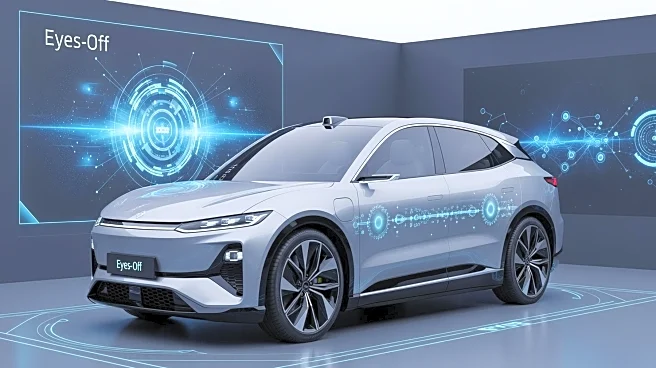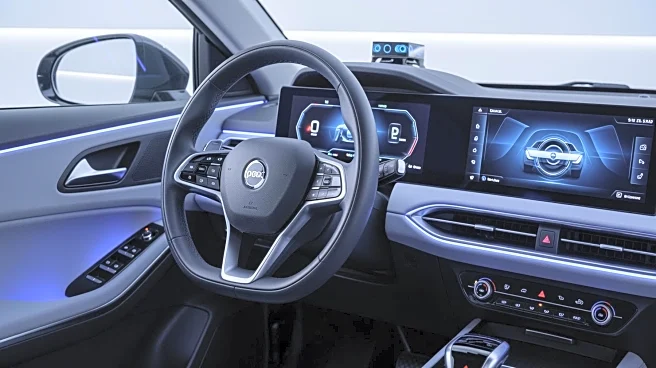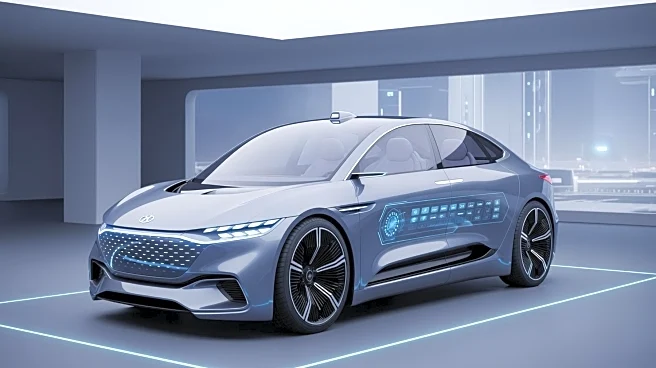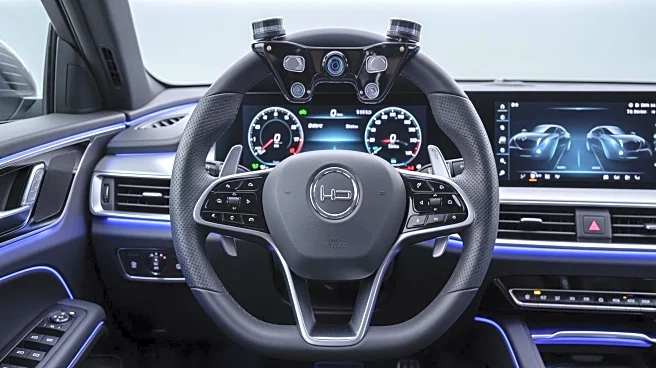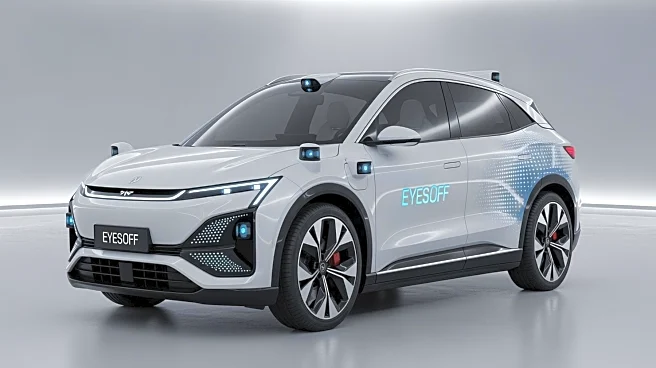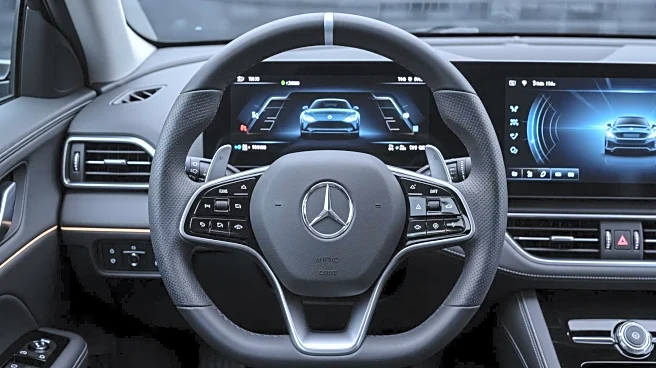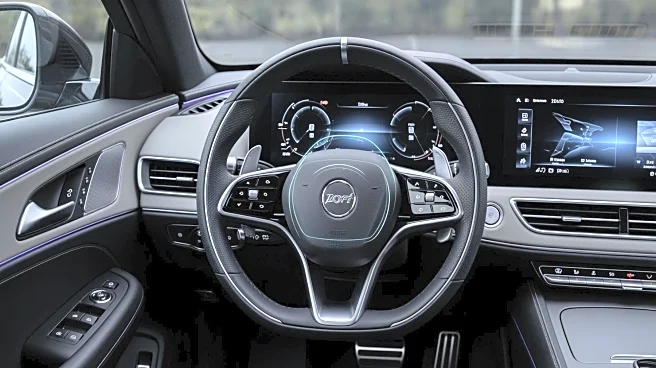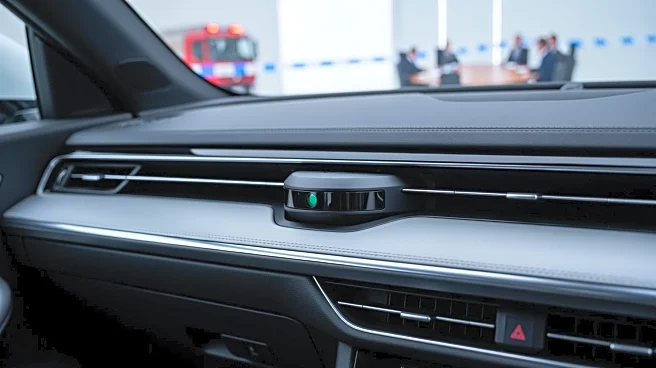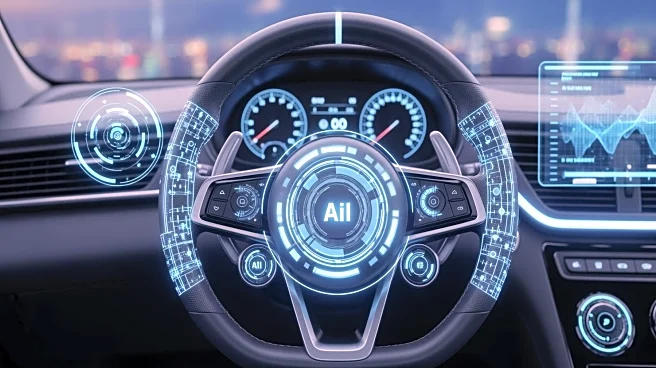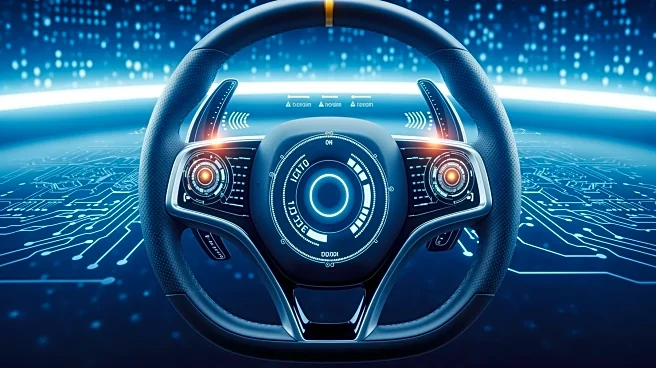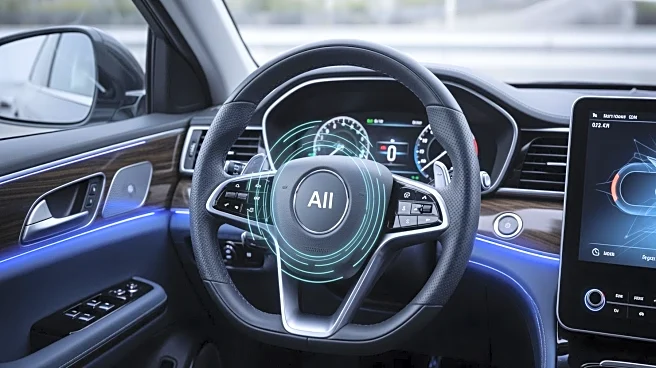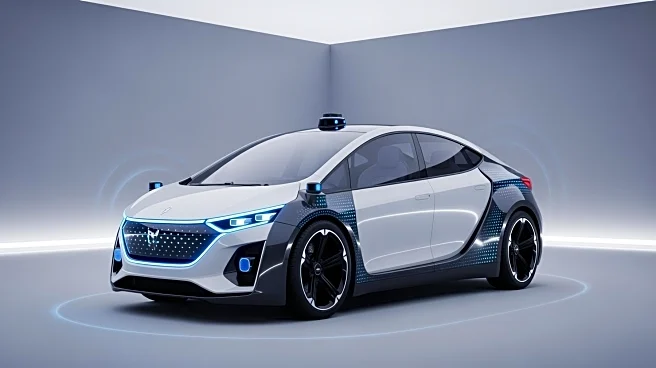What's Happening?
General Motors (GM) has announced the introduction of a new electric SUV equipped with 'eyes-off' driving technology, set to debut in 2028. This feature allows drivers to engage in other activities while the vehicle autonomously navigates mapped highways.
The system utilizes lidar, radar, and cameras to ensure safety and build perception, with real-world driving data training the decision-making model. GM aims to offer the most trusted and scalable autonomous driving technology, reinforcing its commitment to electrifying its fleet by 2035. Despite a recent downturn in electric vehicle demand following the expiration of the EV tax credit, GM remains focused on its electric vehicle strategy.
Why It's Important?
The introduction of 'eyes-off' driving technology by GM represents a significant advancement in autonomous vehicle capabilities, potentially reshaping the automotive industry. This development could enhance consumer confidence in electric vehicles, driving sales and adoption. As GM competes with other automakers like Tesla, which is also advancing its self-driving technology, the successful implementation of this feature could position GM as a leader in the autonomous vehicle market. The broader impact includes potential changes in driving habits, road safety, and regulatory frameworks as autonomous technology becomes more prevalent.
What's Next?
GM plans to continue refining its autonomous driving technology, with the 'eyes-off' feature expected to be available in 2028. The company is also focusing on integrating AI chatbots into vehicles, enhancing user interaction and personalization. As GM navigates the challenges of declining EV demand, it anticipates a stabilization in the market by early 2026. The company will likely continue to innovate and adapt its strategies to maintain its leadership in the electric vehicle sector.
Beyond the Headlines
The development of autonomous driving technology raises ethical and legal questions regarding liability and safety standards. As GM and other automakers advance these technologies, there will be increased scrutiny from regulators and the public. The shift towards AI-driven vehicles also prompts discussions about the future of driving jobs and the need for new infrastructure to support autonomous vehicles.
